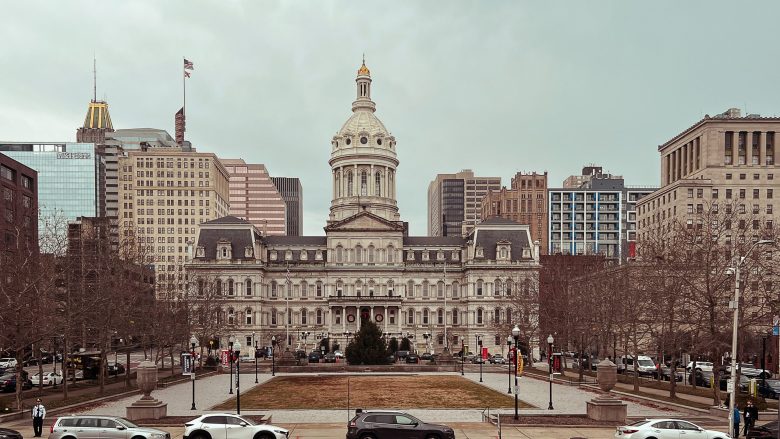Turner Station braces for bridge reconstruction
With the new year comes the beginning of the reconstruction of the Francis Scott Key Bridge, nearly a year since it collapsed. The loss of the bridge isolated residents in Turner Station, a historic Black enclave in Dundalk that in the 1970s and ’80s had more than 10,000 residents. Now, an estimated around 3,000 people live in Turner Station.
As reconstruction plans move forward, Turner Station residents are worried about the effects it will have on their homes, especially during the demolition phase, the AFRO reported. The Maryland Transit Authority has committed to pre-construction property inspections for homes and businesses within a one-mile radius of the rebuild.
But after the loss they’ve seen over the years, residents also worry about being able to hold onto the community they’ve fostered and the history of their neighborhood during the reconstruction.
School transit failures
Thousands of Baltimore City Public School students who rely on public transit to get to school are often failed by this system, The Baltimore Banner recently reported. Factors that include the unreliability of MTA buses, the lack of yellow school buses after fifth grade, and the city’s school choice system mean students often travel far distances to get to school and spend an average of 40 minutes commuting to school — if everything runs on time.
“The city is the only place in Maryland where access to a car can determine academic success,” the Banner wrote.
This means students often end up late to school and miss valuable education time — and it shows. According to school system data in the story, students have worse attendance, lower grades, and higher course failure rates in their first-period classes compared to the rest of the day.
The failure here isn’t just about underinvestment in public transit or in city schools. Like every story about Baltimore, it’s about the city’s lack of investment in every neighborhood. Students are forced to choose between long commutes to attend schools with more academic and extracurricular options or schools they can get to more easily with less of what they’re looking for, which can also limit their college opportunities.
Sonja Santelises, CEO of the city school system, told the Banner that ideally, parents and students would one day have “a quality school option in every ZIP code,” a burden she says falls entirely on the school system.
A new location for Artscape 2025
Mayor Brandon Scott says Artscape will have a new location this year.
The festival will be held in downtown Baltimore, near the Baltimore Farmers Market under the Jones Fall Expressway (JFX). Last year, organizers announced plans to move the annual festival from August to Memorial Day weekend, May 24-25.
Ed Gunts from the Baltimore Fishbowl reported that Scott wanted to relocate the festival away from its longtime Station North home in hopes of “leveraging the power of art” to ignite reinvestment, attract new energy, and reimagine the city’s urban core as part of his Downtown Rise Initiative.
In addition to the new location, there’s new programming, including an arts showcase curated by artist Derrick Adams. Visitors can expect to experience familiar programming, including Kidscape, as well as DJ sets and art installations as part of Artscape After Dark. The Sondheim Art Prize is still happening, and the Peale will be the host site for the Sondheim Semifinalists Exhibition. This year’s exhibition is curated by Lou Joseph.
The main festival stage will be at War Memorial Plaza. This year’s headlining performers include 2004 American Idol winner Fantasia Barrino, Tweet, Little Brother, Tanner Adell, and Robin Thicke.
Applications are currently open to take part in this year’s festival as a performer, vendor, or sponsor at Artscape.org.
Hollins Market grocery store to accept SNAP
Congressman Kweisi Mfume’s office announced earlier this month that shoppers at Hollins Market’s pilot grocery store will now be able to use SNAP to pay for their purchases.
“Hollins Market is the only walkable small-format grocery store in the neighborhood, and we have intentionally stocked it with fresh, affordable foods to address the local food access gap,” said Lesly Scott, food equity manager for Baltimore Public Markets Corporation (BPMC). “Unfortunately, due to delays in the process for securing authorization from FNS [USDA Food and Nutrition Service], our SNAP-eligible neighbors have not been able to shop.”
Mfume said he and his team worked with BPMC to fast-track this project.
The grocery stall sells dry goods, household items, and more.

